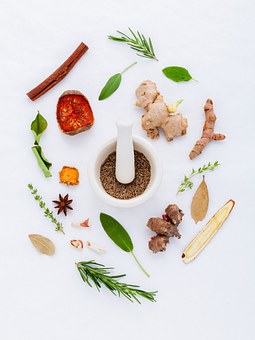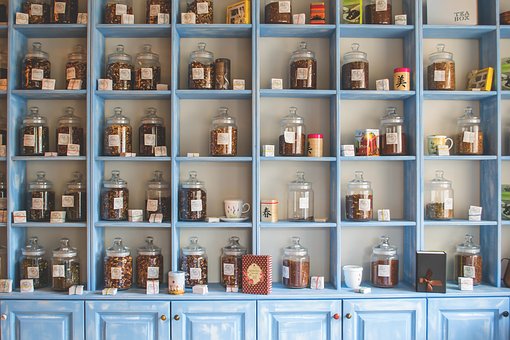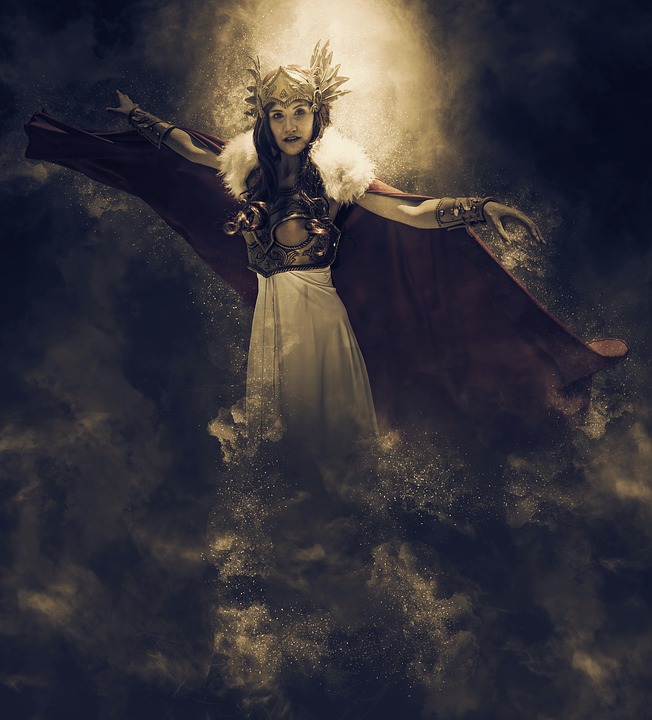Gossypium hirsutum
Cotton – an annual herb or shrub 2 – 5 feet tall. Grayish-green alternate leaves, 2 – 6 inches long, are usually three-lobed. Cup-shaped flowers of cotton have large, showy, creamy white to yellow petals with a purple or red spot near the base. The fruit capsules (the boll) contain seeds covered with white hairs (the cotton fiber). Cotton produces flowers and fruit throughout most of the year.
Tag: large
Castor Oil Plant
Ricinus communis
Castor oil plant – evergreen shrub growing to about 30 ft (10 m) in its natural state, but a much smaller annual when cultivated. Castor oil plant has large, palm-shaped leaves, green female flowers, and prickly red seed capsules.
Moshanyana
by Annette Kuperman
Moshanyana is a mythic hero from the Sotho people of South Africa. They tell a tale of how all of the people and animals of the world were swallowed up by a monster called Kholumolumo. One pregnant woman escaped, and as the monster got stuck in a mountain pass because it had grown so large, she gave birth to a child, Moshanyana. He became a man in a very short time and slew the beast. He cut it open and released all of the people and animals that had been eaten. Eventually, some of the villagers grew jealous of him and tried to kill him. He escaped three times by using magic, but allowed himself to be killed the fourth time.
Echinacea, the Sacred Plant
by Anja Heij
A full grown Echinacea-plant is an impressive and decorative appearance. You may consider giving her a place in your garden. This beautiful plant will probably steal your heart with her large, colorful and long lasting flowers.
Valknut
This is an extract from an article called KNOTS OF DEATH by Alby Stone,
which appears in WEB OF WYRD #7.
A number of Viking monuments feature a curious design known as the valknut, the “knot of the slain” or, more loosely, “the knot of death”. On an 8th century CE picture stone from Hammers in Larbro, Gotland, it consists of three interlocking triangles. This stone, now in Stockholm’s National Historical Museum, is divided into several panels; one of the central panels, in which the valknut occurs, depicts several motifs that suggest some sort of connection with the cult of Odin – an eagle, a flying figure – possibly a valkyrie – holding a ring, a man being hanged from a tree and a group of three warriors – with shields and upraised swords – led by a fourth man who seems to be holding a large bird of some kind.




